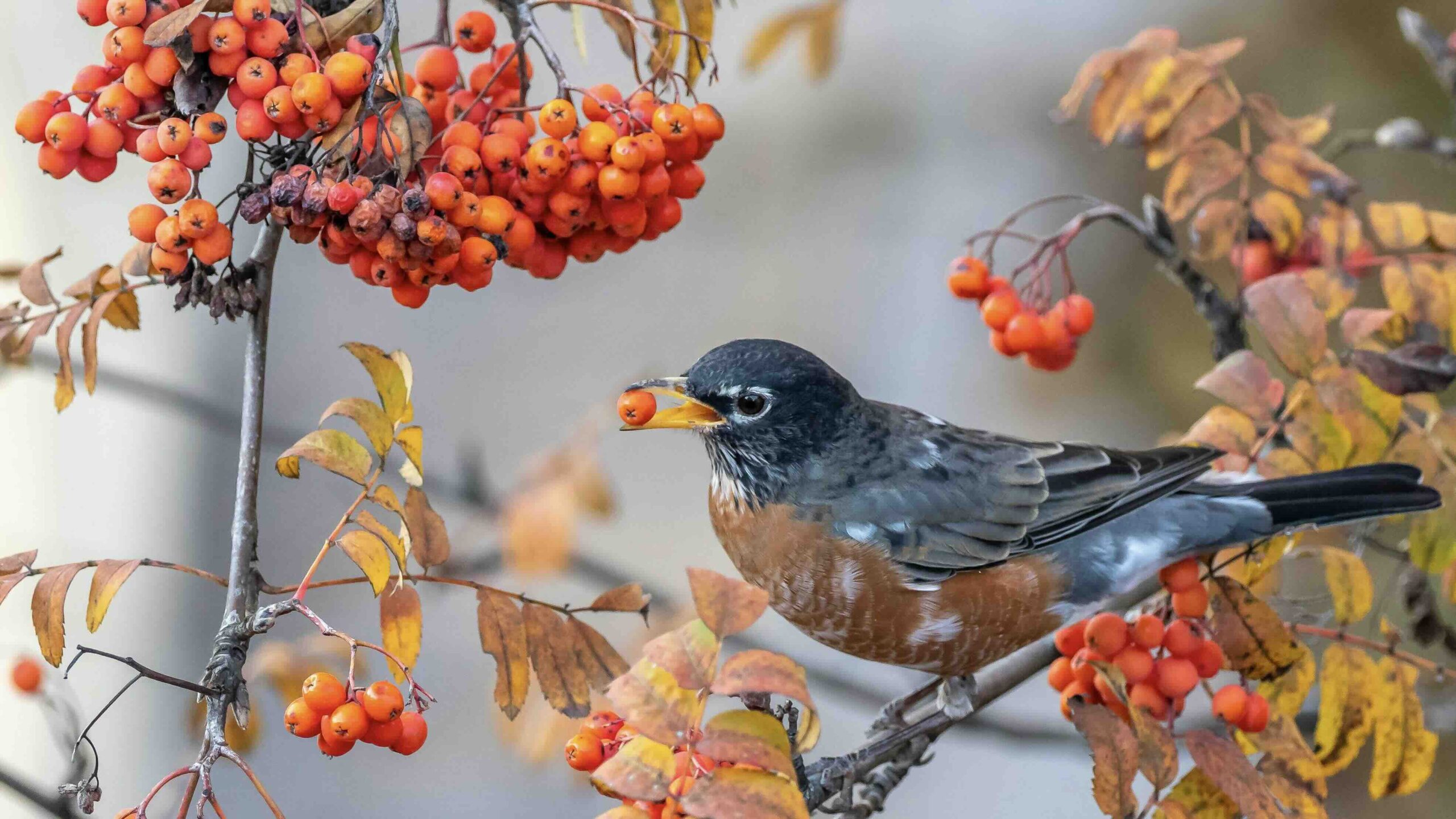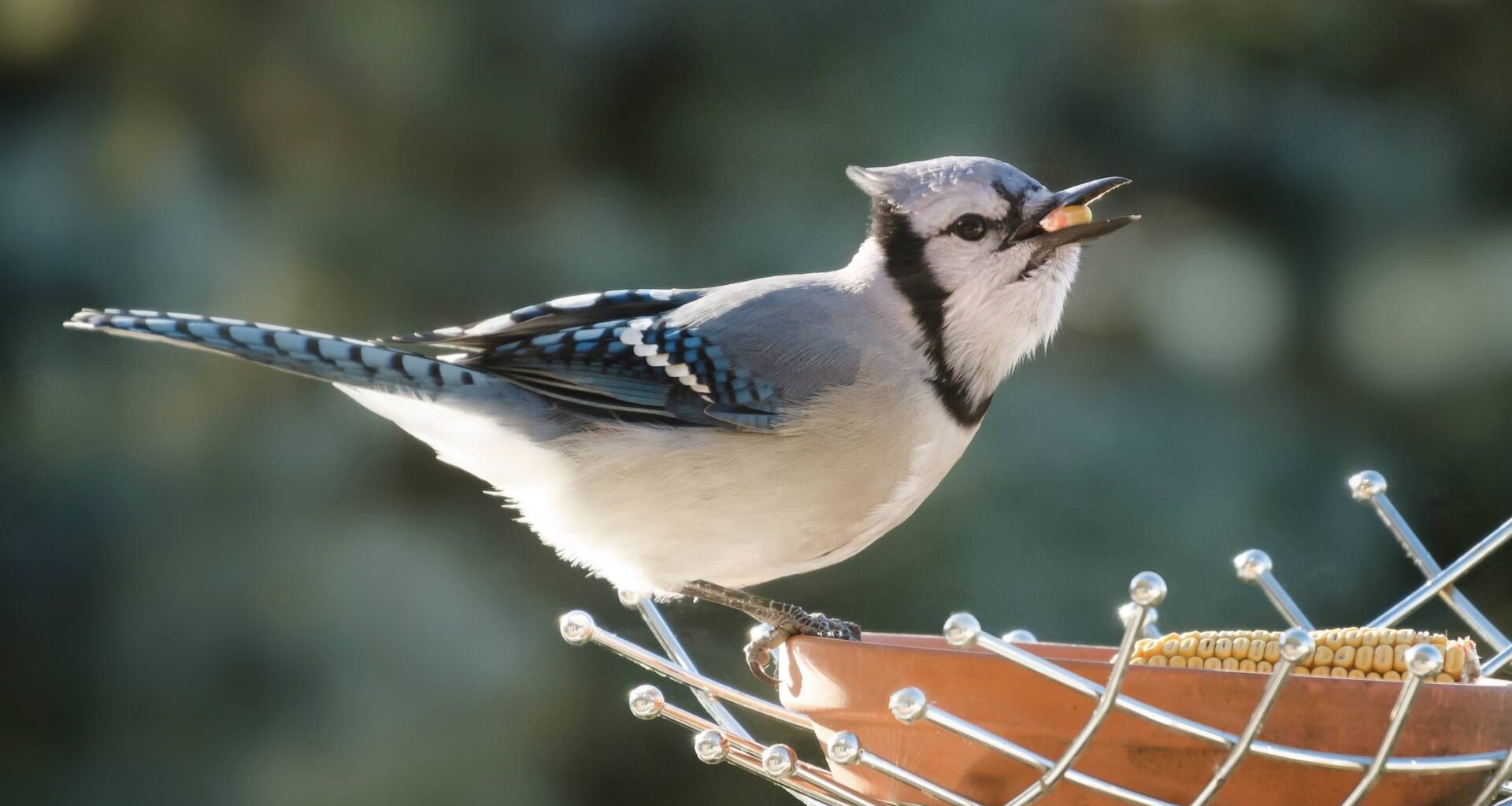Photo: Faye Cornish / Unsplash
The arrival of spring brings with it not only warmer weather and blooming flowers, it also heralds the return of a diverse array of bird species from their wintering grounds to the south.
As Ontario thaws, our feathered friends embark on the arduous journey back to their northern homes, navigating thousands of kilometres to settle, nest, and prepare for the coming months. This seasonal migration is a critical time for birds, and there are several simple yet impactful ways we can assist them in this transition.
By engaging in activities such as cleaning and refilling birdfeeders, maintaining nesting boxes, and even brushing our pets outdoors, we provide essential resources that birds can make good use of upon their return. And in turn, by transforming our yards and communities into safe havens for these delightful migratory creatures, we also enrich our own lives with the beauty and vitality they bring.
Whether you’re an experienced birdwatcher or a newcomer eager to contribute to wildlife preservation, there’s something each of us can do to make a difference. Let’s roll out the welcome mat for those returning Ontario birds in spring and enjoy the rewards of birdwatching as we continue to adapt and find joy in the natural world around us.
Helping Returning Ontario Birds in Spring
A Brush With Fido
Strange as it may sound, brushing the dog is one of those little things we can do to help returning Ontario birds in spring get a head start on settling after months down south.
It isn’t that they like to see a well-groomed pooch. What birds like the iconic blue jay like most are the clumps of hair that come out of the brush. Cleaning your dog brush outside provides superb nesting materials for birds, making it just a little easier for them to build their nests.
Clean Those Nesting Boxes
Man-made nesting boxes are a great help to cavity-nesting species. But boxes that still have debris from last year’s tenants can also be home to fungus, bacteria, or parasites. Be
a good landlord and clean out any old nesting materials (it’s best to wear gloves and a mask). If there are any signs of mould, a quick wash with detergent will help keep your new tenants healthy.
Top Up the Birdfeeders

Migrating is one of the toughest things birds do. They pass through thousands of kilometres of territory, often not eating for days as they travel. When they arrive, they need to quickly restore their energy levels so they can get ready for nesting. A buffet of seeds, suet, and other treats is just the thing.
Keep Kitty Indoors
They may not look it, but your cat is a deadly killing machine. Because cats don’t just kill when they’re hungry, a typical house cat can kill an estimated 10 to 12 birds a day. That adds up to 200 million birds in Canada alone every year – the biggest cause of bird deaths by far.
And sorry, but bells on a cat’s collar have been shown to have little or no effect.
Pull the Blinds
Tall office towers aren’t the only things birds collide with as they’re migrating. Well-lit homes and cottages are also a problem. Many birds migrate at night and are attracted to the light streaming from the window. Pulling the blinds can save some birds, as well as helping combat other woes of light pollution. Ribbons in the windows or temporary pattern decals can help birds avoid the glass during the day.
Fatal Light Awareness Program Canada (FFLAP) has some great resources available to help make your home bird safe. Also, be sure to check out this self-assessment tool, too.
Plant Native Species

Feeders are great, but native plants are an even better resource. Dogwood and Joe Pye Weed, Saskatoon berries, and cedars are just the beginning.
There are all kinds of plants that can enhance your landscape and provide birds with a home or food throughout the year. North American Native Plant Society is one of many great resources.
Let Old Trees Be
Woodpeckers and other insect-eaters thrive on the bugs they gather from dead trees. Other birds make their nests in the holes the birds create.
Dead standing trees are like a high-rise apartment building with grocery stores every few floors. If you have one on your property, and it’s not a safety hazard, consider leaving it alone.
And Finally… Cap Your Vents
If you don’t have a cap on your chimney, you should install one. Otherwise, birds and small mammals can get trapped inside. The result is unpleasant for you… and deadly for them.
___________________
Andrew Wagner-Chazalon is the Managing Editor and CEO of Dockside Publishing and writes about the luxuries to be found in Muskoka and throughout Ontario.







